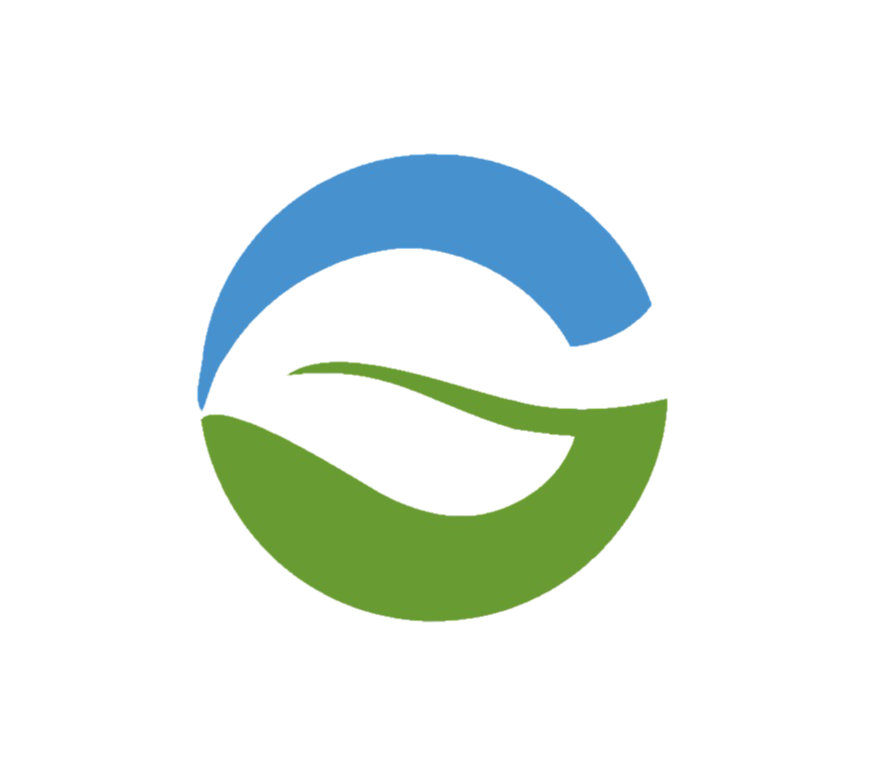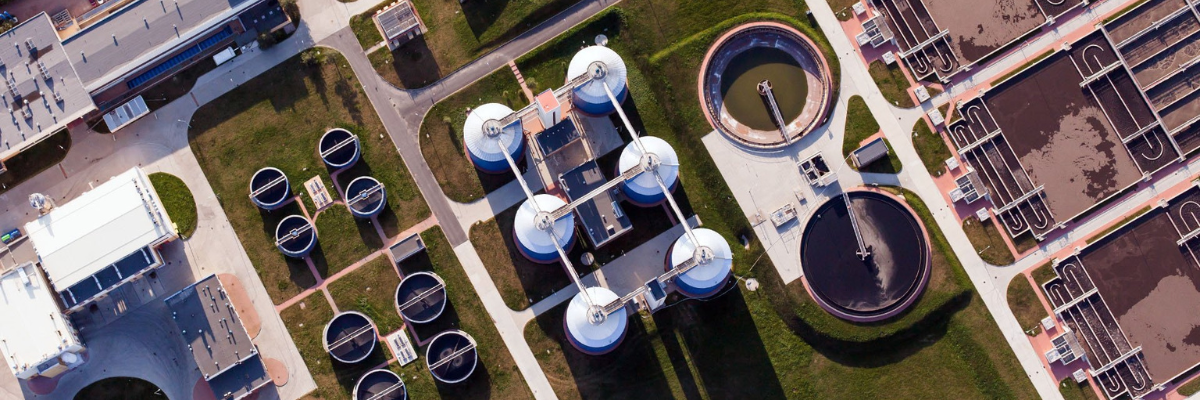Here’s a list of advanced water processing technologies used today to meet the increasing demand for clean, safe, and sustainable water treatment solutions:
1. Membrane Filtration Technologies
- Reverse Osmosis (RO): A highly effective technology for desalination and removing dissolved salts, contaminants, and impurities from water by forcing water through a semi-permeable membrane.
- Applications: Desalination, wastewater treatment, potable water production.
- Nanofiltration (NF): Similar to RO but with larger pore sizes, allowing selective removal of smaller organic molecules and some salts while retaining essential minerals.
- Applications: Softening, water purification, removing organic compounds.
- Ultrafiltration (UF): Uses membranes with larger pores than NF, removing bacteria, viruses, and large organic molecules but allowing dissolved salts to pass through.
- Applications: Pretreatment for RO, industrial water treatment.
- Microfiltration (MF): Removes suspended solids, bacteria, and some protozoa using membranes with even larger pores.
- Applications: Clarification, particulate removal, and pretreatment processes.
2. Electrodialysis (ED) and Electrodialysis Reversal (EDR)
- Technology: These processes use electrically charged membranes to remove ions from water. In ED, an electric potential drives ions through membranes, while EDR periodically reverses the electric charge to clean the membranes.
- Applications: Desalination of brackish water, industrial effluent treatment, and removal of specific ions.
3. Advanced Oxidation Processes (AOPs)
- Technology: AOPs use highly reactive hydroxyl radicals to oxidize and break down organic contaminants and pollutants in water. Common types include ozone, hydrogen peroxide, UV, and Fenton’s reagent-based processes.
- Applications: Removal of persistent organic pollutants, disinfection, and chemical oxidation of contaminants.
- Photocatalysis: UV light combined with a photocatalyst like titanium dioxide (TiO2) breaks down harmful pollutants.
- Applications: Water purification, degrading pharmaceuticals and endocrine disruptors.
4. Ion Exchange Technology
- Technology: Utilizes ion exchange resins to remove specific ions (like calcium, magnesium, and heavy metals) from water, replacing them with less harmful ions like sodium or hydrogen.
- Applications: Water softening, deionization, and heavy metal removal in industrial water treatment.
5. Electrocoagulation
- Technology: This process uses electric current to destabilize and coagulate contaminants in water. Metal electrodes release ions that cause pollutants to form flocs, which are then removed through sedimentation or filtration.
- Applications: Removal of heavy metals, oils, suspended solids, and organics from industrial wastewater.
6. Capacitive Deionization (CDI)
- Technology: Uses electrically charged electrodes to remove ions and desalinate water. The charged electrodes attract ions, purifying the water as it passes through.
- Applications: Desalination of brackish water, agricultural water treatment, low-salinity water purification.
7. Forward Osmosis (FO)
- Technology: A natural osmosis process in which water passes through a semi-permeable membrane driven by osmotic pressure differences between the feed and draw solutions.
- Applications: Desalination, wastewater treatment, energy-efficient water purification.
8. Biological Treatment (MBBR, MBR, etc.)
- Membrane Bioreactors (MBR): Combines membrane filtration with biological treatment (like activated sludge) to treat wastewater, producing high-quality effluent suitable for reuse.
- Applications: Municipal wastewater treatment, industrial wastewater treatment.
- Moving Bed Biofilm Reactor (MBBR): Uses small plastic carriers with biofilm to degrade organic contaminants in wastewater.
- Applications: Municipal sewage treatment, industrial wastewater treatment, retrofitting conventional plants.
9. Zero Liquid Discharge (ZLD)
- Technology: A highly advanced process that treats wastewater and ensures that all water is recovered, leaving behind no liquid waste. ZLD systems typically combine filtration, evaporation, crystallization, and recycling techniques.
- Applications: Industrial wastewater treatment, chemical and petrochemical industries, power plants.
10. Desalination Technologies
- Multi-Stage Flash Distillation (MSF): A thermal process where seawater is heated and flashed into steam, then condensed into fresh water.
- Applications: Seawater desalination, used in large-scale municipal projects.
- Vapor Compression Distillation (VCD): Evaporation-driven distillation where water vapor is compressed, causing it to condense and produce purified water.
- Applications: Desalination of seawater and brackish water in industrial settings.
11. Ultraviolet (UV) Disinfection
- Technology: UV light is used to inactivate microorganisms such as bacteria, viruses, and protozoa by disrupting their DNA, preventing them from reproducing.
- Applications: Drinking water disinfection, wastewater disinfection, industrial water treatment, swimming pools.
12. Ozonation
- Technology: Ozone gas (O3) is bubbled through water to oxidize organic and inorganic substances, as well as to disinfect pathogens.
- Applications: Drinking water treatment, advanced oxidation, industrial wastewater treatment, odor control.
13. Granular Activated Carbon (GAC)
- Technology: Uses porous carbon materials to adsorb organic contaminants, taste, odor compounds, and chlorine.
- Applications: Drinking water purification, removal of volatile organic compounds (VOCs), and pesticide removal.
14. Ceramic and Graphene-Based Filters
- Technology: These advanced materials offer highly effective filtration with better durability, chemical resistance, and efficiency.
- Applications: Removal of heavy metals, bacteria, and pathogens, and industrial water treatment.
15. Hybrid Treatment Systems
- Technology: Combines multiple water treatment processes (e.g., membrane filtration, biological treatment, and chemical oxidation) to treat complex water streams more efficiently.
- Applications: Industrial wastewater treatment, municipal wastewater reclamation, and challenging pollutant removal.
These advanced water processing technologies are critical for meeting the demands of modern water treatment, whether for municipal supply, industrial use, or wastewater management. They contribute to achieving sustainability goals, improving water quality, and enhancing treatment efficiency.


Recent Comments